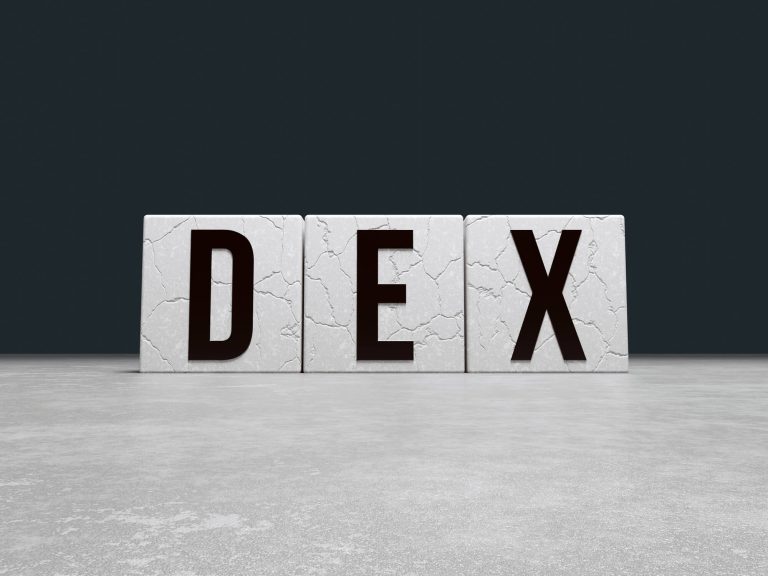Currently, central exchanges represent the vast majority of crypto exchanges. They also generate the overwhelming majority of trading volume. They are managed by a company – similar to traditional exchanges. Trading and custody takes place on their closed server system.
Since the custody of crypto assets in particular involves risks, the idea of decentralized exchanges, in principle, is interesting. On decentralized exchanges, crypto assets are held directly by the investor in his own wallet, and are only transferred when a trade is made with another market participant. The investor therefore remains the owner of his assets.
AMMs as the basis for DEXes
By volume, decentralized exchanges - also known as Automated Market Makers (AMMs) - are the most widely used DeFi applications. Unlike centralized exchanges (CEX), DEXes do not have an order book that determines the price of a token. Rather, so-called liquidity pools can be created for all ERC-20 tokens. Any person can provide liquidity to these. If a user now buys a certain token or wants to swap it with another token like Ether (ETH), the respective liquidity pool is accessed.
The price is automatically adjusted by the protocol - without a third party - to the token reserves in the liquidity pools. As a reward / incentive, liquidity providers (LP) receive all the fees. To also make decision-making processes decentralized, most DEXes have so-called governance tokens. For example, users can decide whether and which liquidity pools should receive additional incentives.









